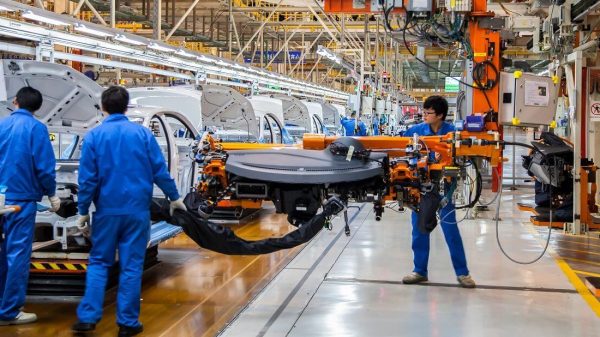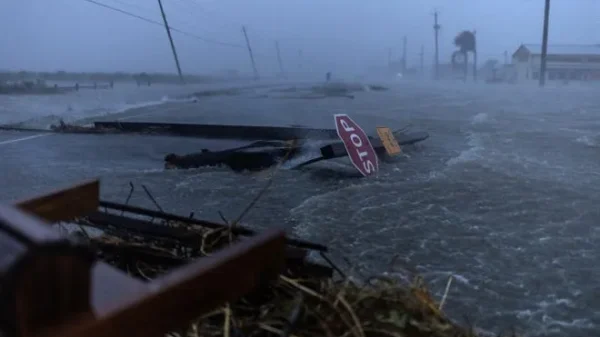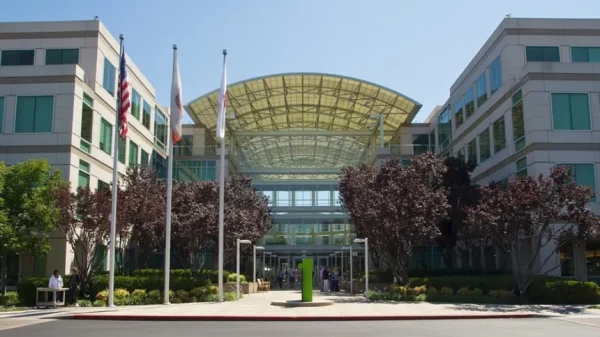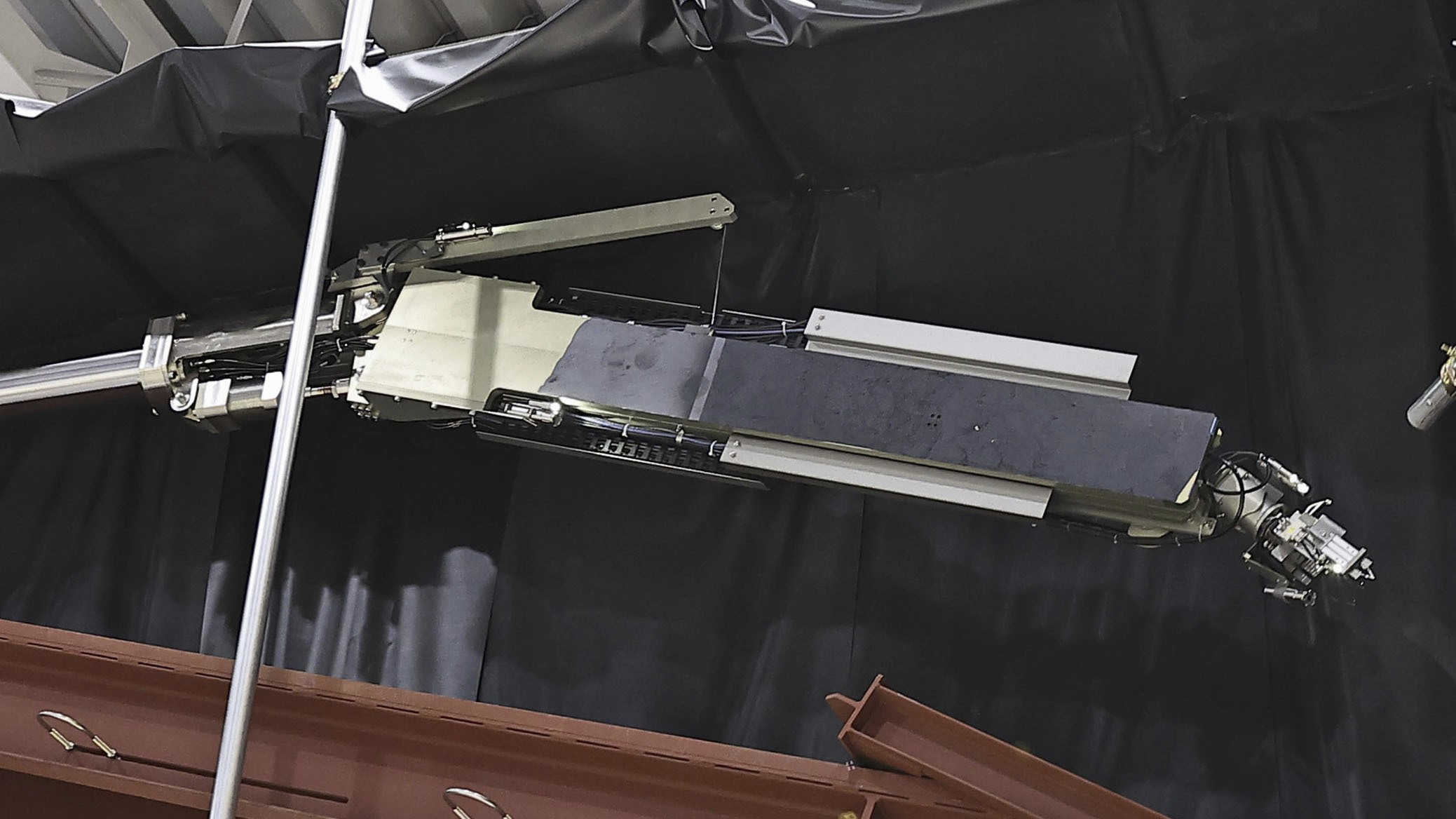A remotely operated robot began its mission on Tuesday to retrieve the first sample of melted fuel debris from one of the three damaged reactors at the Fukushima Daiichi nuclear power plant. This operation is part of an extensive effort to decommission the plant, which was severely damaged by a massive earthquake and tsunami in 2011. The disaster caused the plant’s cooling systems to fail, leading to a meltdown and the release of radioactive material.
Tokyo Electric Power Company Holdings (TEPCO), the plant’s operator, had previously deployed small robots to inspect the reactors. However, this is the first instance of a robot collecting a sample of the melted debris, marking a critical stage in the decommissioning process. The mission was delayed from its original August start date due to a misarrangement of pipes meant to guide the robot, but the issue was corrected, allowing the operation to proceed.
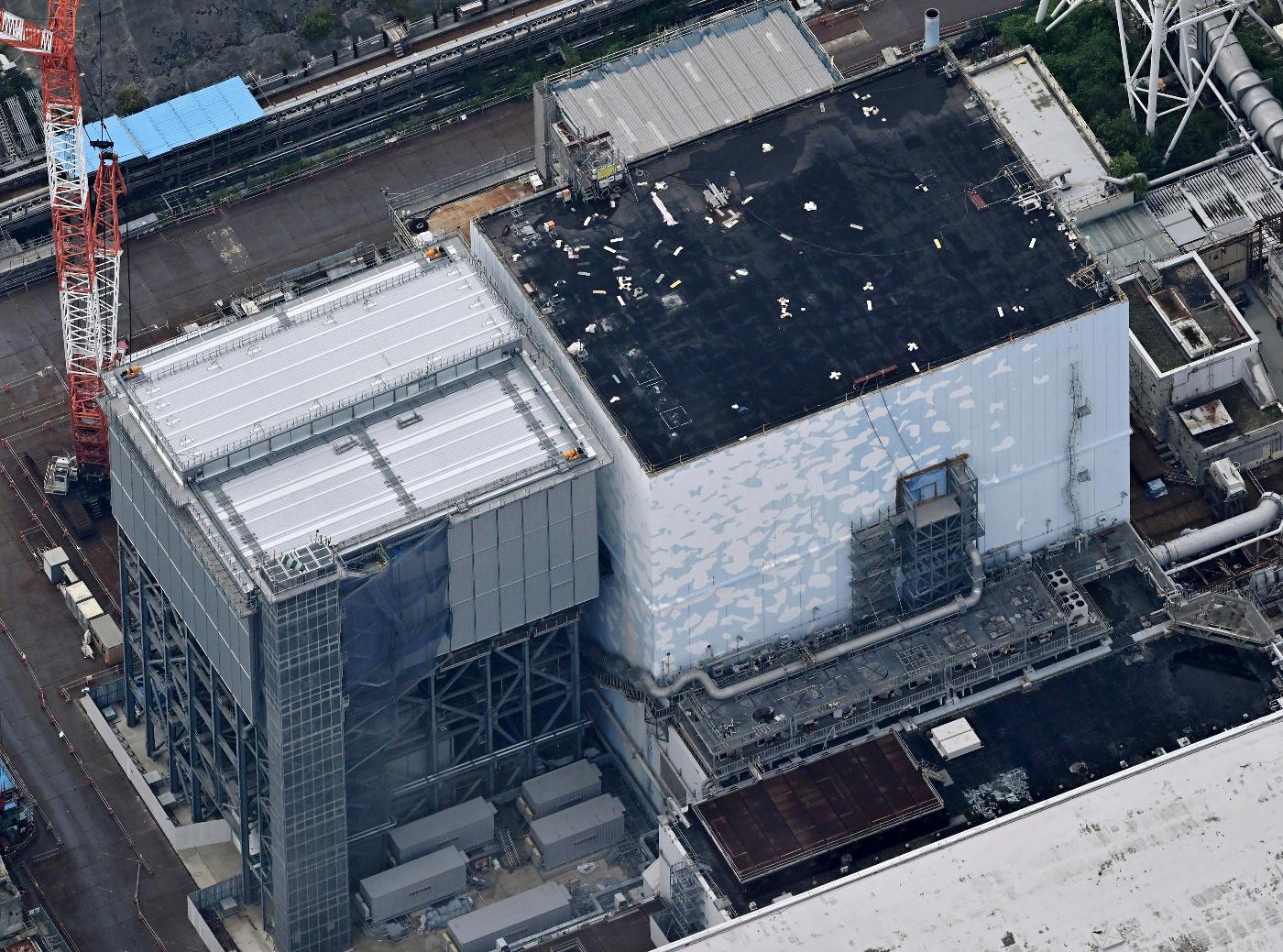
Robot Begins Key Mission to Retrieve Melted Fuel Debris from Fukushima Daiichi Reactor
Nicknamed “telesco,” the robot can extend up to 22 meters to reach the debris inside the reactor. Operated remotely from a safe distance, it will use tongs to retrieve a small fragment of debris weighing less than 3 grams. The entire task is expected to take about two weeks, as the robot navigates the hazardous environment. TEPCO estimates that around 880 tons of radioactive material remain inside the reactors.
Chief government spokesperson Yoshimasa Hayashi stated that this mission signals the beginning of the most difficult phase of the Fukushima Daiichi decommissioning. He assured that the government, alongside TEPCO, is committed to seeing the process through to its conclusion. The operation represents a significant step in addressing the challenges posed by the reactor’s dangerous and complex state.
Although the government and TEPCO have set a target of 30 to 40 years for completing the decommissioning, critics argue that this timeline is overly optimistic. No definitive plans have been made for the full removal of the melted fuel debris or for its long-term storage. Despite this, the current mission is a crucial step in resolving the lingering issues related to the 2011 nuclear disaster.



















